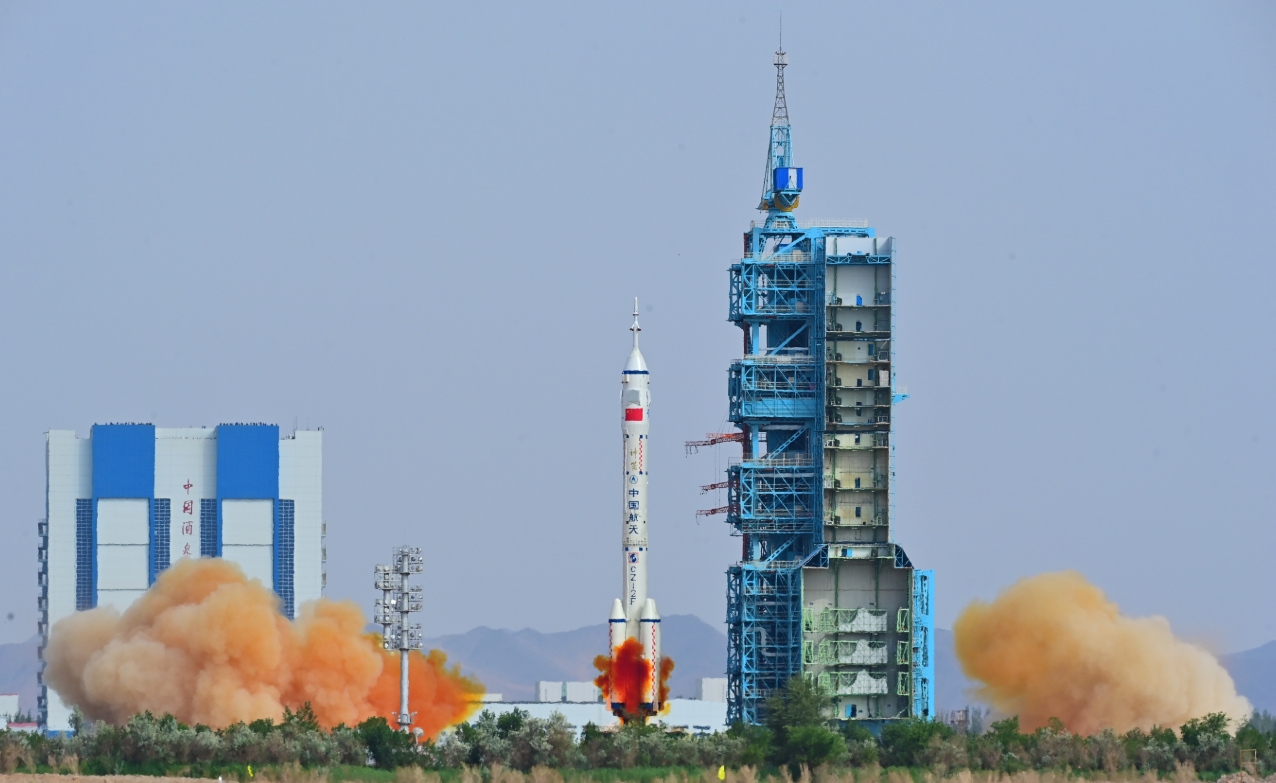China’s AliCPT-1 telescope has captured its first crisp images of the moon and Jupiter. The breakthrough marks a major step in primordial gravitational wave research.

Scientists at the Institute of High Energy Physics (IHEP) announced that their AliCPT-1 telescope captured its first crisp images of the Moon and Jupiter at 150 GHz. This milestone marks the official start of China’s search for primordial gravitational waves.
Zhang Xinmin from IHEP said the team finished installing and commissioning the telescope in 2025 after eight years of work. Despite challenges like high-altitude oxygen shortage, they achieved remote control and data transfer between the Ali site in Xizang and Beijing.
Primordial gravitational waves are seen as “fossil signals” from the early universe. Detecting them is key to understanding the origin of the cosmos and is considered a frontier in basic science.
“If we successfully detect primordial gravitational waves, we will glimpse the universe in its very first instant,” said Zhang Xinmin.
“At the same time, it can drive breakthroughs in cutting-edge technologies like cryogenic superconducting detectors and low-temperature readout electronics, thus propelling cosmology into an era of unprecedented precision,” he said.
The moon and Jupiter experiment is just the beginning, said Li Hong, also a researcher at IHEP. “As the Northern Hemisphere’s first high-altitude primordial gravitational-wave observatory, the telescope fills a gap for China and, together with devices in Antarctica and Chile, completes a global, complementary network.”
Additional reporting by Xinhua and CNS.
If you liked this article, why not read: China’s High-Speed Rail in Numbers











